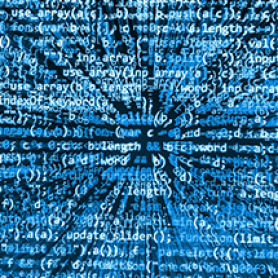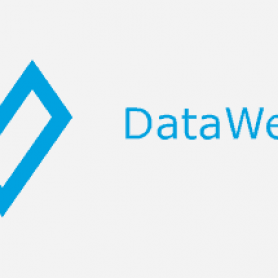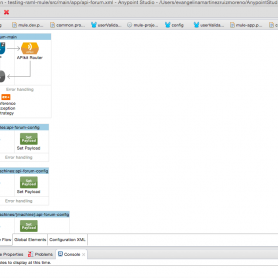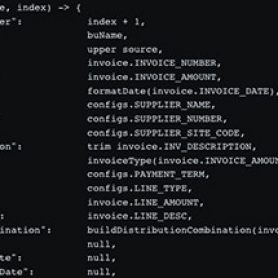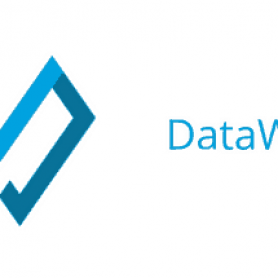5 integration habits to stop (or start) in 2020
It's a new year and people are re-inventing themselves with their new year resolutions. We can apply this same concept to other aspects of
DataWeave function chaining for Java programmers
In this article, you will learn how to use method chaining in DataWeave with reference to Java 8 lambda expressions and how to convert
Mule XML SDK
Reuse is the catalyst that turns the vision of API-led connectivity into a reality. In the context of MuleSoft, reuse can come in many
DataWeave: Generating XML
In this blog post, I will show you how to generate XML output from a JSON data source while avoiding some of the most
DataWeave lambdas for Java programmers
In Mule 4, DataWeave is everywhere: every listener and processor can be configured with it. Because most Mule users already know Java well, this
DataWeave 2.2 – additions to the Arrays module, part 2
This post will examine the remaining additions to the DataWeave Arrays module that weren’t covered in part 1: the join functions. (more…)
DataWeave 2.2 – additions to the Arrays module, part 1
MuleSoft recently released runtime version 4.2.0, and along with it, DataWeave 2.2! DataWeave 2.2 has a ton of new features that I won't be
Mule programming style guide: project structure
Your project structure, just like your code, can go a long way in helping other developers quickly make necessary modifications to your code. (more…)
Mule programming style guide: DataWeave code
In this post, I will discuss how I format my DataWeave code to improve its readability. (more…)
DataWeave performance demystified
I have been asked so many times about DataWeave Performance during my time in the field. This is because developers try to find arguments









